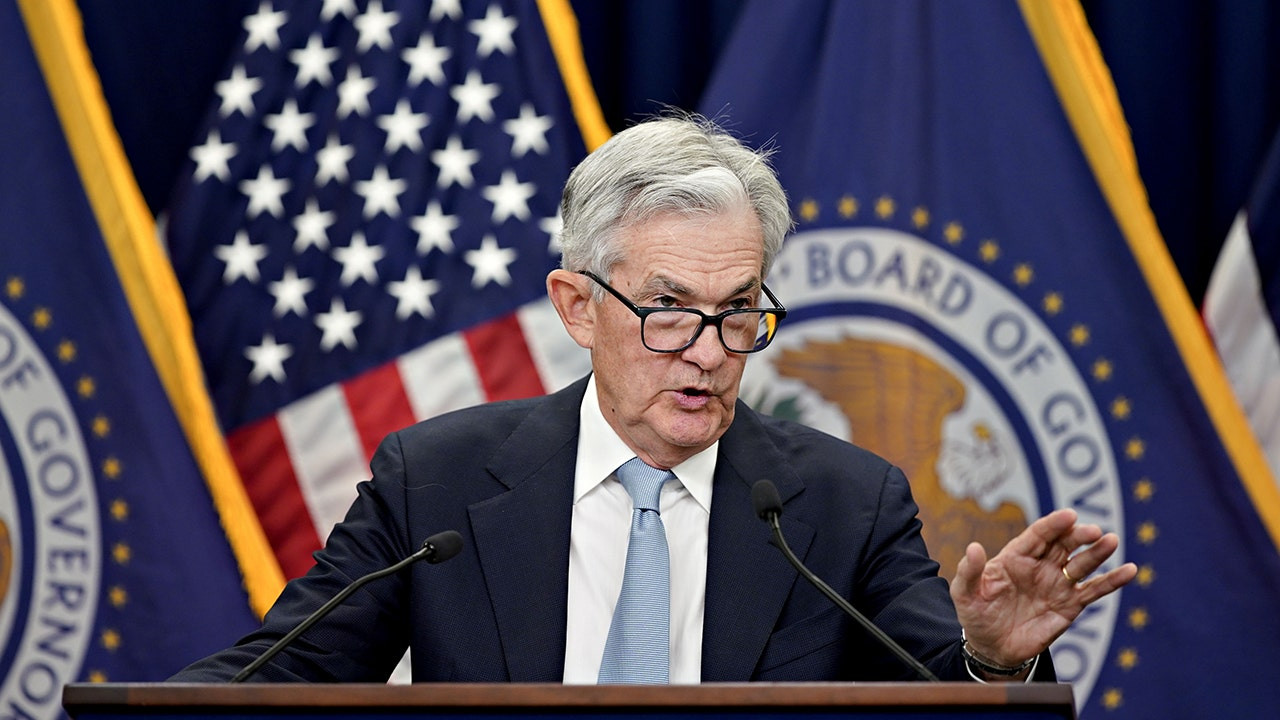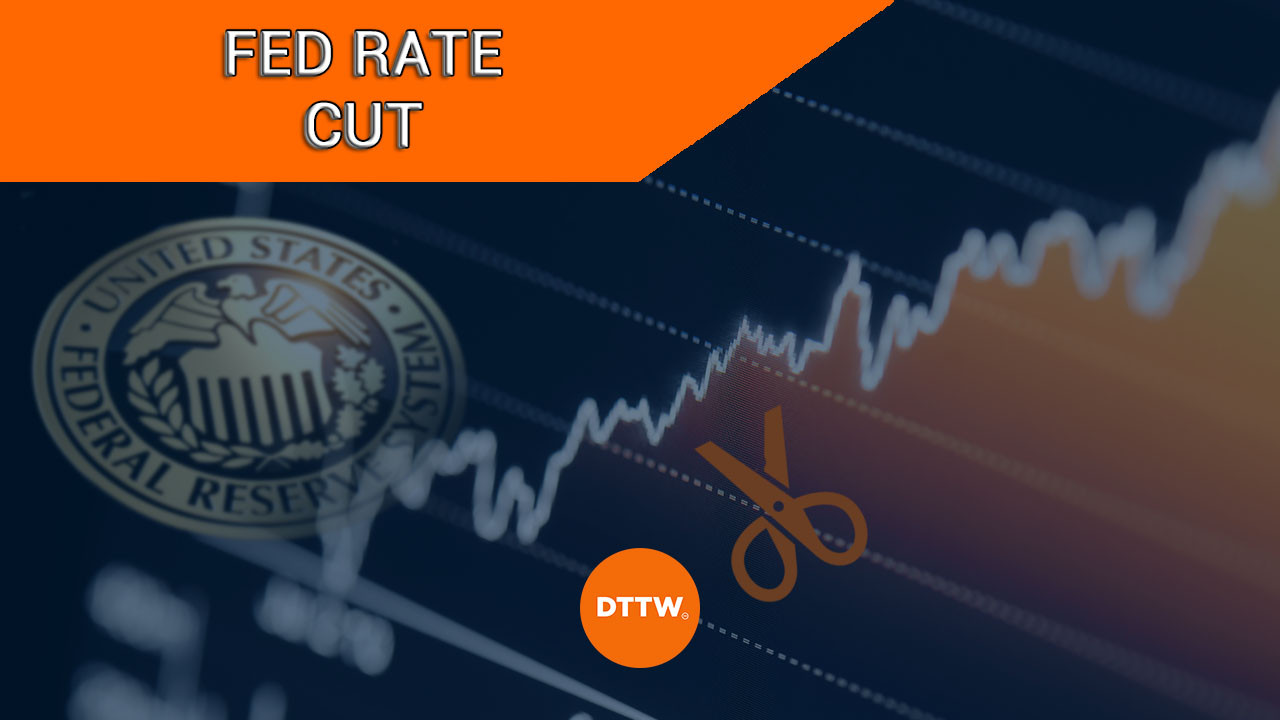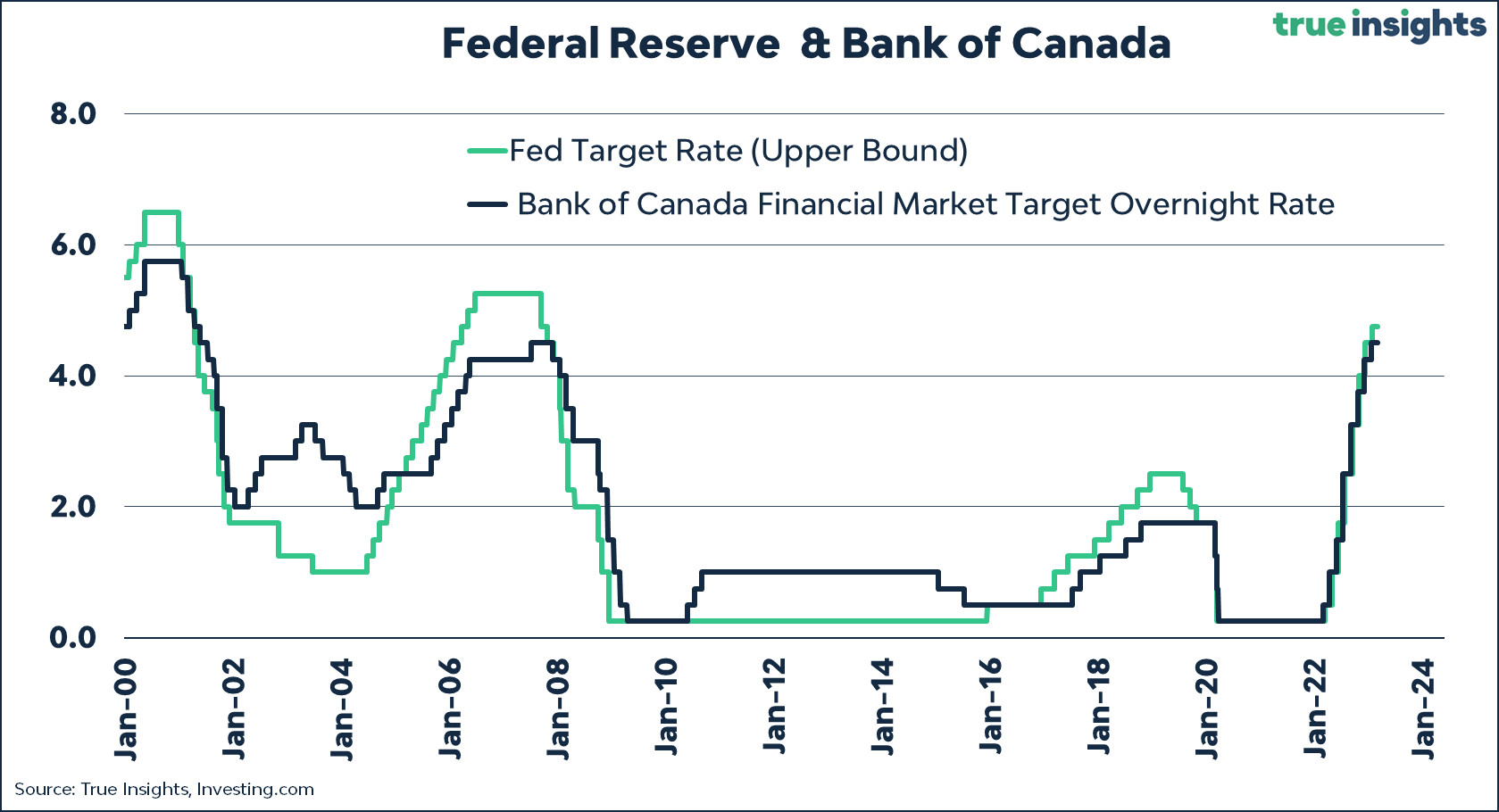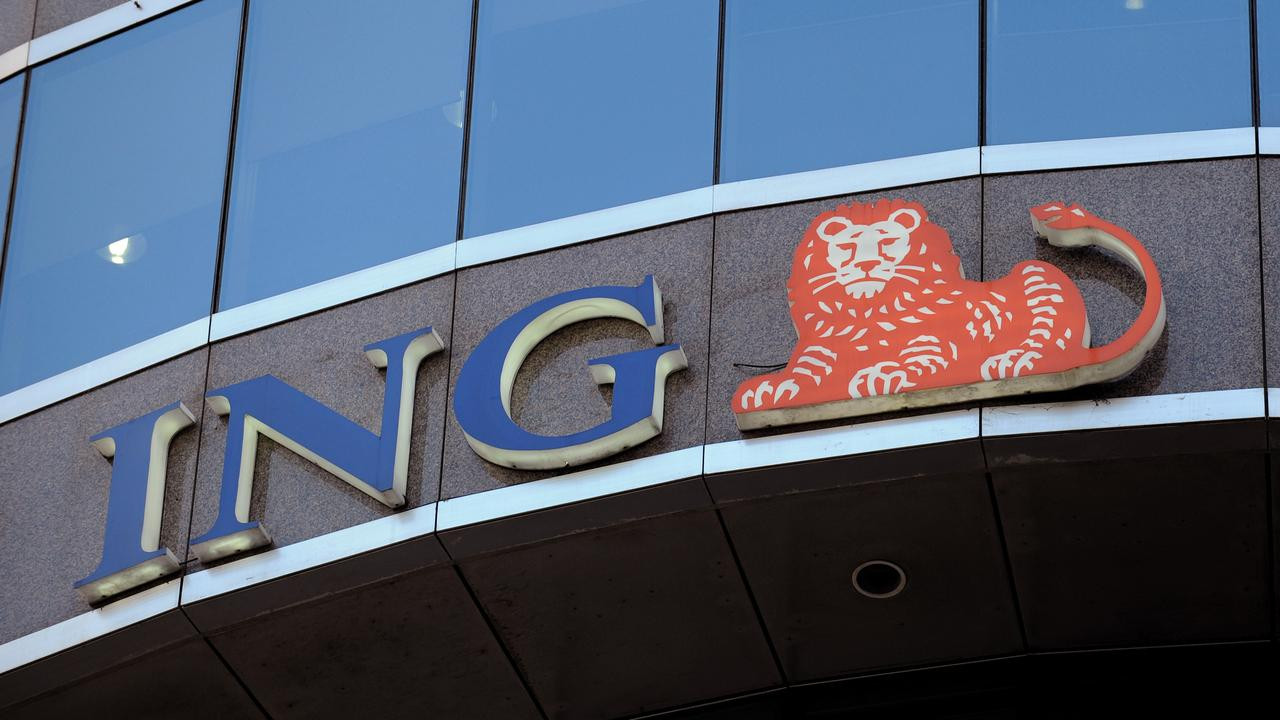The Fed’s Dilemma: A Soft Landing or a Hard Landing?
The Federal Reserve is expected to cut interest rates at their September meeting, but by how much? This is the question on everyone’s mind as investors grapple with the possibility of a hard landing for the US economy.
John Hancock Investment Management co-chief investment strategist Matt Miskin believes the Fed should initiate a 25-basis-point rate cut and announce more cuts to come. He outlines three key factors the Fed must address to achieve its desired soft landing:
The Fed's Three Pillars for a Soft Landing
- Aggressive Rate Cuts: The Fed needs to significantly lower the fed funds rate to provide meaningful support to the economy.
- Stable Labor Market: Initial jobless claims must stay low and the unemployment rate should not rise, indicating a robust job market.
- Tight High-Yield Spreads: A tight spread between high-yield bonds and safer investments is a sign of investor confidence and a healthy economy.
Miskin argues that these conditions create a positive environment for markets, leading to a decline in bond yields and the dollar. This, in turn, eases borrowing costs and benefits foreign revenues, further supporting the soft landing scenario.
Recession Risk and Market Outlook
However, the market's outlook depends on whether the US enters a recession, a possibility that looms large. Miskin observes that historically, when the Fed eases rates and a recession is avoided, stocks rally. Conversely, if a recession does materialize, stocks are likely to suffer, while bonds may perform better. In both scenarios, defensive sectors typically take the lead, indicating that investors should capitalize on these historical trends.
Gold's Mixed Message
Gold’s recent surge to a record high provides a mixed message about the economic outlook. Miskin notes that gold, along with the yen and treasuries, are considered defensive assets, suggesting an underlying economic concern. However, the simultaneous rally in stocks and the tightness in high-yield spreads present a conflicting view, indicating a more optimistic market sentiment.
The Stakes Are High
The upcoming September meeting of the Federal Reserve carries significant weight. Will the Fed opt for a 25-basis-point or a 50-basis-point cut? Each move carries its own implications. A 25-basis-point cut could signal ongoing concerns about inflation, while a 50-basis-point cut might indicate that the Fed is reacting to the threat of a recession. The job market and inflation numbers leading up to the meeting will provide crucial insights into the Fed's decision.
A Nervous Market
The markets are currently pricing in a 59% chance of a 50-basis-point rate cut. While investors are hopeful for a soft landing, they also recognize the potential for turbulence. The recent spike in the VIX, a measure of market volatility, highlights the heightened uncertainty surrounding the economic outlook.
Navigating the Uncertain Future
With a recession on the horizon, the Fed’s decision will be critical in shaping the direction of the economy. The markets are poised to react, with investors closely watching for any signs that the Fed is falling behind the curve. As the Fed prepares to steer the US economy through this turbulent period, investors must remain vigilant and adapt their strategies to navigate the uncertain waters ahead.
It’s Time to Buckle Up
While the market is currently betting on a soft landing, history has taught us that the road to economic stability can be unpredictable. As the Fed navigates this complex terrain, it is wise to remember that the future remains uncertain. It's time to buckle up and be prepared for whatever lies ahead.


















